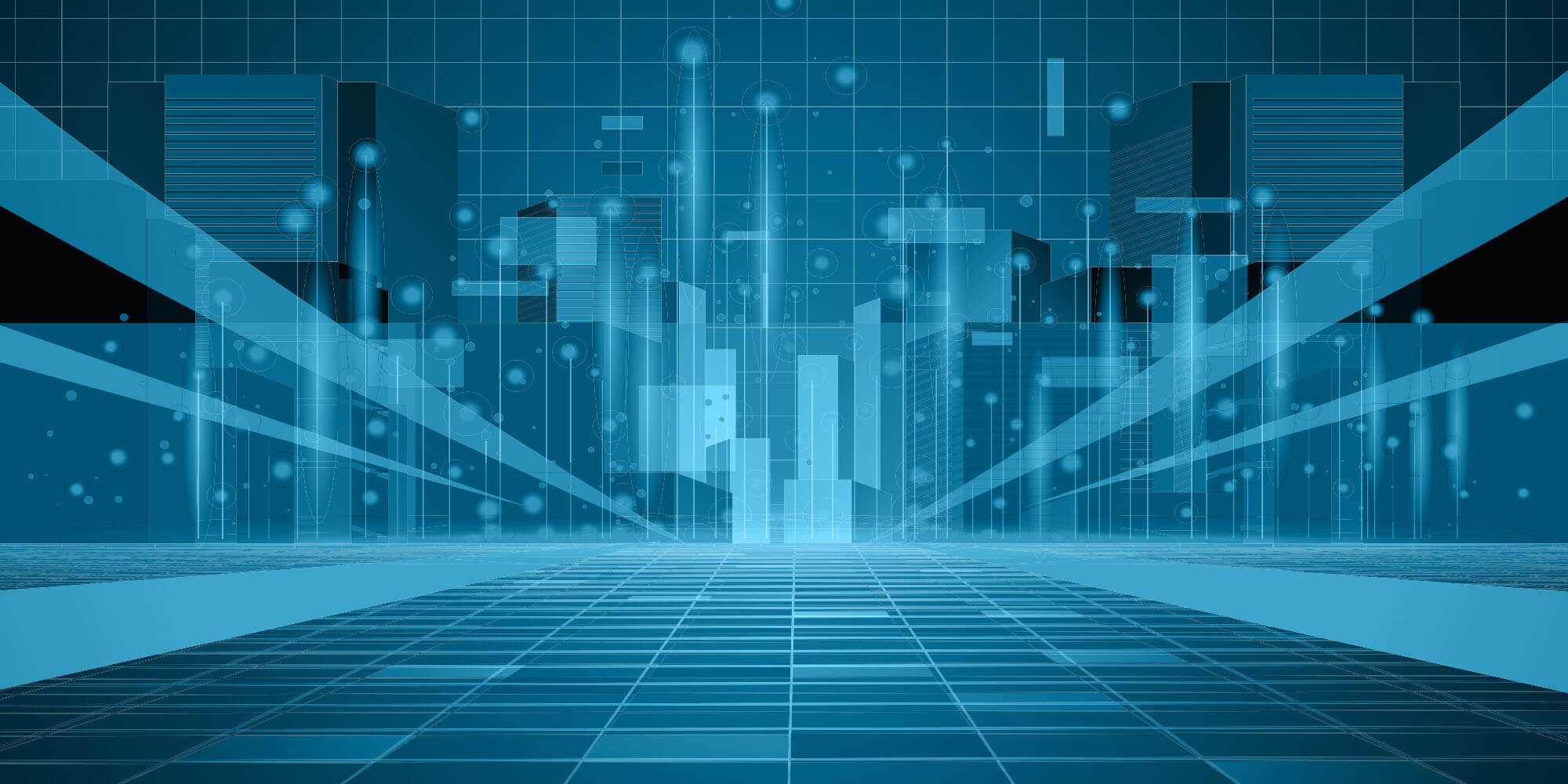7 key technological trends and developments in 2023

Now more than ever, organisations must learn to evolve in an environment marked by uncertainty. On the one hand, they are affected by a succession of crises that require them to constantly adapt or reorganise. On the other hand, technological developments are opening up new opportunities and contributing to the transformation of business models, obliging everyone to adapt in order to remain competitive in their market. In order to support the players confronted with these challenges, to enable them to fully understand the major changes, Splunk recently published its report “Prévisions 2023 : tendances pour les leaders et technologies émergentes” [“Forecast 2023: trends for leaders and emerging technologies”].
1. Resilience, a key issue for the future
Given how uncertain the world is, it is most important for players to build resilience. The challenge here is to ensure that the organisation can cope with the increasing risks and continue to function, whatever the next crisis.
Resilience involves the implementation of a true resilience strategy, based on a strengthened risk management approach. In an increasingly digital economy, this also entails a greater focus on the security of data and systems. Apart from this, it is necessary to ensure that, regardless of the situation, employees will be able to access their work tools and essential resources so they can continue to serve their customers.
Since the health crisis, companies are committed to transforming their organisation, by putting in place collaborative solutions, and their systems to ensure that they are under control and to guarantee the availability of services. This is reflected in the standardisation and simplification of application environments. The challenge is also to achieve better visibility over the whole activity.
2. AI & ML: the heralded revolution in language models
Artificial intelligence is already present in our lives to a large degree. It assists us in many ways, often invisibly. However, we are still at the beginning of a major revolution in this area. Various technological models of artificial intelligence or machine learning are emerging and will give rise to major transformations.
Among them, the Large Language Models (LLM), which in particular underlie ChatGPT, about which there has been much talk in recent months. Splunk also makes mention of GitHub Copilot, a tool that translates descriptions of code objectives expressed in plain English into real code.
These tools will not replace human intelligence. They should be seen as support solutions, saving a lot of time for many professionals or addressing problems of talent shortage. These tools will help with simple tasks or first drafts, allowing technicians to concentrate on more complex or higher value-added elements. Even though this applies to computer code development, the range of problems to which language models can be applied is extremely wide.
3. NFT, to secure property and identity
The concept of NFT became popular in 2021. “Non-fungible tokens”, proof of authenticity recorded in the blockchain, have supported the art market, with deals in digital works reaching record amounts.
Apart from digital art, the technology has many other applications that we should hear about soon. NFTs can represent and guarantee the authenticity of many things: deed of ownership of a car, a house, an object bought in a video game, etc.
In a few years, NFTs will secure property and identity.
4. Blockchain, a target favoured by hackers
It was thought to be unbreachable, but recent events have shown that blockchain technology can be hacked. Cryptocurrency thefts have occurred... mostly due to human error. While the advantage of the blockchain is that it is decentralised and traceable, this does not mean that it is immune to coding errors.
According to Splunk, attempts to hack the blockchain will continue. Huge amounts of money are traded or held in the form of cryptocurrencies through the blockchain. Moreover, the blockchain remains an attractive target for hackers, who will seek to exploit negligence in security controls put in place by humans.
Also, there is a need to be vigilant with regard to the security and resilience of proposed applications based on the blockchain.
5. Growing interest in smart contracts
Another major revolution expected is the development and proliferation of smart contracts. These are entirely digital and are recorded and stored using distributed ledger technology (DLT).
This guarantees the integrity of the contract, which cannot be changed once it has been drawn up.
We are on the verge of a massive transformation in the way we enter into and verify contracts, in the way we manage ownership and how transactions are validated. New products and services are coming to light. The way we store and transfer value is changing and unique digital assets are emerging, all thanks to blockchain technology.
6. Augmented or virtual reality before the metaverse
There has been a lot of talk about the metaverse in recent months. The promises made in this regard, however, are struggling to materialise. The emergence of this virtual world will certainly take a long time and will require many more technological developments. But even if the metaverse is still a way off, there is reason to be interested in the technological developments that will contribute to the development of these virtual reality spaces.
Augmented or virtual reality, in particular, is already facilitating the work of technicians in the field, to detect problems and identify the location of buried networks. It allows new training or educational experiences to be created. In the commercial sphere, Amazon offers the possibility to “virtually” try on a pair of shoes to see if they fit.
Perhaps we are not yet ready to fully immerse ourselves in the virtual world. Digital technology, on the other hand, is gradually enriching our tangible reality to offer us new experiences. For organisations, evolving with these technologies means adapting the way they manage the data needed for these future applications.
7. Quantum Computing
This is another upheaval that is expected: the advent of quantum computing, probably within the next five years. The concept aims to use the properties of quantum mechanics to solve problems that standard computers cannot handle. Granted, this technology has yet to come of age. However, its transformative power, due to the computing power of these computers, should be considerable.
So we should be prepared for this too. It is true that there are fears about quantum computing. American Scientist, for example, points out that “quantum computers could eventually have enough power to "break the most modern cryptography”. In other words, this technology would make it possible to reveal previously encrypted exchanges and render obsolete all the means used to secure exchanges. The NIST, specifically concerned with encryption issues, is already working on post-quantum cryptographic standards.


Written by
Marion CuisinierContact us
Do you have any questions about an article? Do you need help solving your IT issues?
Contact an expert







Our experts answer your questions
Do you have any questions about an article? Do you need help solving your IT issues?
